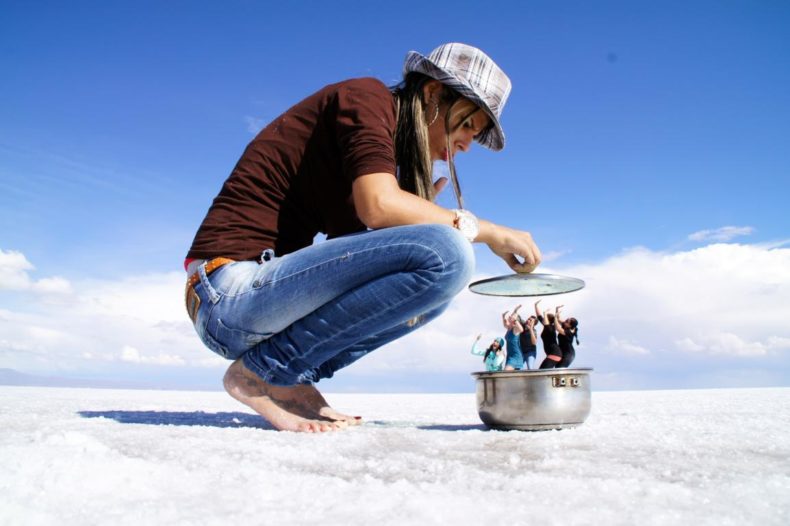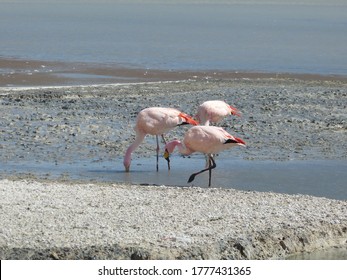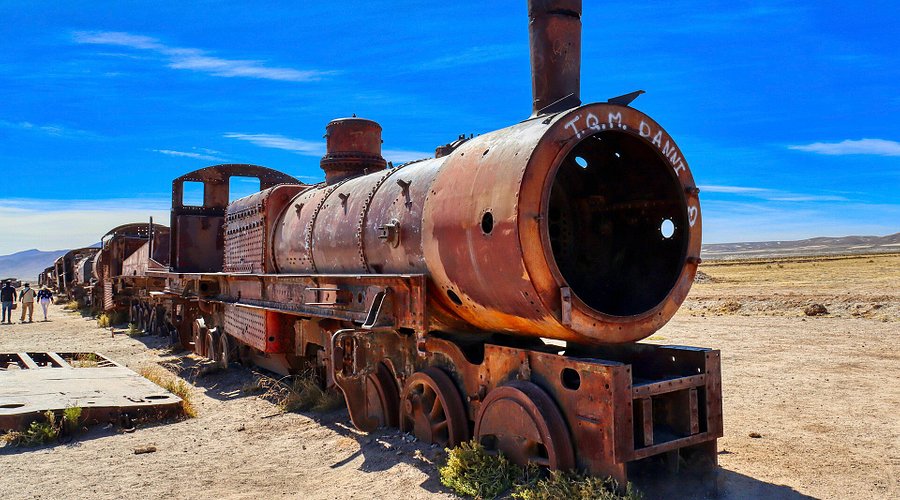Chasing Illusions: Photographing the Surreal Landscapes of Salar de Uyuni

The world shrinks in the viewfinder. I’m Ansel Tanaka, and for years, my lens has sought the stark beauty of the natural world, the whispering textures that reveal themselves only in the perfect light. But nothing could have prepared me for the sheer, almost aggressive, emptiness of Salar de Uyuni. My recent journey to capture its essence was a lesson in humility, resilience, and the enduring power of the Earth to surprise.
The initial assault on the senses is almost overwhelming. Stepping onto the salt flats for the first time is like entering a blinding white void. The sun, already intense at this altitude, bounces off the seemingly endless expanse of salt crystals, demanding immediate and comprehensive UV protection. Sunglasses are not enough; a wide-brimmed hat and liberal application of sunscreen are essential.
The thin air, at over 3,600 meters (nearly 12,000 feet), adds another layer of challenge. Breathing becomes a conscious effort, and even simple tasks leave you breathless. My cameras, too, seemed to struggle. Batteries drained faster, and the autofocus system occasionally faltered, likely due to the extreme conditions and lack of contrast in the landscape. Logistically, this trip demanded meticulous planning. Transporting gear across the vast, uneven terrain required a robust 4x4 vehicle, and finding reliable power sources for charging batteries was a constant concern. Solar chargers and multiple power banks became indispensable.
Embracing the Illusion: Forced Perspective Photography
The quintessential Salar de Uyuni experience is, of course, playing with perspective. Guided tours readily offer opportunities to create playful illusions, using props and the complete lack of visual markers to distort size and distance.
The technical challenges here are significant. Accurately gauging depth and scale in a landscape devoid of trees, buildings, or any familiar reference points demands a keen eye and a mastery of composition. Using a wide-angle lens is crucial to exaggerate the perspective, but it also introduces distortion that must be carefully managed. I found that stopping down to a smaller aperture (higher f-number) helped to maintain sharpness throughout the frame, ensuring that both the "giant" foreground subject and the "tiny" background subject remained in focus. The key is to visualize the final image before even pressing the shutter, meticulously positioning your subjects and choosing the optimal camera angle to achieve the desired effect.
Incahuasi Island: A Verdant Oasis in a Salt Desert
A welcome break from the relentless white is Incahuasi Island (also known as Isla del Pescado), a rocky outcrop teeming with ancient cacti. The visual contrast is striking. The stark white salt flats give way to the rough, textured surfaces of the cacti, their spiky silhouettes piercing the impossibly blue sky.

However, the challenges persist. The intense sunlight makes it difficult to balance the exposure, often resulting in blown-out highlights on the salt and deep shadows on the cacti. I found that using a graduated neutral density (GND) filter helped to even out the exposure, allowing me to capture the details in both the sky and the foreground. Finding the right angle to showcase the texture of the cacti against the vastness of the sky also required patience and careful observation. The best images often emerged during the golden hours, when the soft, diffused light accentuated the details and created a more pleasing contrast.
The Train Cemetery: Ghosts of a Bygone Era
Near Uyuni lies a haunting testament to Bolivia's industrial past: the train cemetery. Rusting locomotives and wagons, slowly decaying under the harsh sun and wind, stand as silent witnesses to a forgotten era. These skeletal remains offer a stark juxtaposition against the expansive landscape.
The challenge here is to capture the sense of decay and isolation. I focused on isolating individual locomotives, using the vastness of the landscape to emphasize their abandonment. The harsh light, while unforgiving, also created dramatic shadows that highlighted the textures of the rusting metal. I experimented with different focal lengths, using a telephoto lens to compress the perspective and bring the background closer, and a wide-angle lens to emphasize the scale of the surroundings. Black and white conversions further enhanced the sense of desolation and timelessness.
The Mineral Lakes: A Symphony of Color and Life
Beyond the salt flats, the Altiplano reveals a different kind of surreal beauty in its mineral-rich lakes. Laguna Colorada, with its blood-red waters, and Laguna Verde, with its striking emerald-green hue, are visual feasts. Flocks of flamingos wade in the shallow waters, adding splashes of pink and white to the already vibrant palette.
Capturing these colors accurately is a delicate balancing act. The bright sunlight can easily wash out the subtle nuances, while the wind can create distracting ripples on the lake surface. Polarizing filters are essential for reducing glare and enhancing the saturation of the colors. Patience is also key; waiting for moments of calm can yield stunning reflections that amplify the surreal beauty of the landscape. The wind made capturing those reflections quite challenging!
High-Altitude Sustenance: Fueling the Photographic Journey
Forget Michelin stars; dining in Salar de Uyuni is a purely practical affair. Meals, typically prepared by the tour guides, are hearty and designed to provide sustenance at high altitude. Llama meat and quinoa-based dishes are staples, offering a much-needed source of protein and carbohydrates.
The altitude and extreme dryness significantly affect your sense of taste. Food can taste bland, and it's easy to become dehydrated. Staying hydrated is crucial, but the cold air can make you less inclined to drink. I found that carrying a reusable water bottle and sipping regularly throughout the day helped to combat dehydration. Also, packing some small, familiar snacks can provide a comforting boost when your appetite wanes.
Reflections on a Surreal Landscape
Photographing Salar de Uyuni is not for the faint of heart. The logistical challenges are significant, the environmental conditions are demanding, and the technical hurdles are considerable. But the rewards are immeasurable. To capture the raw beauty and surreal landscapes of the salt flats is an experience that will stay with you long after you've left.

For photographers planning a similar trip, my advice is simple: prepare meticulously, pack wisely, and embrace the unexpected. Invest in high-quality gear, protect yourself from the elements, and learn to work with the challenges that the Altiplano throws your way. Most importantly, be open to the magic of Salar de Uyuni. Let its vastness inspire you, its surreal landscapes challenge you, and its raw beauty transform your vision. It’s a place that demands respect, but rewards those who are willing to chase its illusions with unparalleled photographic opportunities.